Should I take in an abandoned kitten?
Be certain kittens are really abandoned before you disturb a nest.
A momcat can be harder to spot than the stealth bomber, but just because she抯 not there now doesn抰 mean she抯 not around. If the kittens are clean, plump, and sleeping quietly in a heap, odds are that they抳e got an attentive mom and should be left alone.
Abandoned kittens will be dirty and the nest will be soiled, and they will cry continuously because they抮e hungry.
Ideally, kittens should not be taken from the mother until they are 5 to 6 weeks of age.
However, kittens born to feral mothers should be taken away, if possible, at about 4 weeks old. At this age, it is easy to tame them and they have gotten 4 weeks' worth of the precious antibodies mother's milk provides. As they get older, it gets increasingly harder to tame them; kittens over the age of 8 weeks who have had no human contact will probably take months to tame .
if it can be done at all.
Warmth and First-Aid
If a rescued kitten feels cold, warm it immediately, but gently.
Place it on a heating pad wrapped in towels and on the lowest setting, or warm a hot water bottle to about 100 degrees (wrapped in a towel) and place it with the kitten. Many veterinarians have incubators to warm a chilled kitten.
Do not feed a kitten until it is warm, since it can't properly digest when cold. It is okay, though, to syringe feed a few drops of 5% sugar water or to rub a little bit of Karo syrup on the kittens?lips.
Kittens under 3 weeks can抰 control their body temperature. Keep them on a heating pad, set on low, wrapped in towels (at least 2 layers of towels-- or one towel folded over-- should cover the pad.
You'll know if it's too hot if the kittens tend to sleep on the edges.
The heating pad should be used until the kittens are about 4-5 weeks old, or until you notice that they're avoiding it. An alternative that many fosters prefer is a heat lamp over the kitten nest.
Kittens should be kept in a box or cat carrier in a warm, draft-free place, completely isolated from other animals. Keep the container covered with a towel or blanket; a small towel or cloth inside the carrier will also keep them cozy. Change the bedding of their "nest" daily, since kittens tend to have accidents! As they get older, they will need more room to exercise, play, and explore. A spare bathroom is ideal for this.
It is a very, very, very smart idea to take them immediately to a veterinarian to be checked for dehydration and general condition.
Bring a stool sample if possible to be tested for worms and parasites.
Young kittens are always at risk for being dehydrated and it can happen very quickly; a dose of fluids injected under skin is necessary in this case.
Ask your vet or vet technician to show you how to do it. This will be convenient if your kitten becomes dehydrated rapidly or in the middle of the night. Even the most squeamish fosters have mastered this and it's not as horrible as it sounds. Really.
Many vets will give you a courtesy (free) office visit if you tell them this is a rescued kitten you are fostering; their staff can give you lots of advice and supplies along the road as well. Don't skip this step!
You can also contact your local shelter or rescue group and ask if you can become an official "foster parent" through their organization as you raise your kitten. Many of these organizations help cover the cost of necessary medical care as the kitten grows towards adoptable age.
If you're planning to raise your kitten (s) yourself, the best idea is to find a "foster" momcat who is still nursing. Your local animal shelter and rescue organizations will probably be able to help you with this.
Why is this so crucial? The immunity against disease that mother's milk provides kittens lasts until they are 6 to 14 weeks old. Kittens who don't get this immunity (from their mom's antibodies) are at a huge disadvantage and you might be in for a great deal of medical care. Local shelters and rescue groups can help you place the momcat after the kittens are weaned.
Feeding
Unfortunately, cow抯 milk is not nutritious enough for kittens--they will slowly starve to death on it. If you can't get to a pet store right away, see our Web page for emergency kitten formulas, we also have some good info on that page with more care tips for the kitten.
Your first purchase should be a pet nursing kit and kitten formula, available at pet stores. The nursing kit usually includes a bottle, several extra nipples, and a cleaning brush. Cut an "X" in the tip of your first nipple with scissors.
You know that you have made the nipple opening just big enough if, when the bottle is held upside-down, formula drips slowly from it. Too small an opening will make kittens work too hard to get their formula, tiring them out before they've had enough to eat. Too large an opening will force too much formula into them too fast.
Before each feeding, sterilize the bottles and nipples by boiling them in water. Formula should be warmed to room temperature. You can do this by microwaving it in the bottle for no longer than 10 seconds (never let it boil), or placing the bottle in a bowl of hot water for a few minutes.
Before each feeding, you should also sterilize your hands with antibacterial sanitizer or water with a touch of bleach added. It's a good idea to re-sterilize after you're done with the kittens each time. This way, the kittens and your own pets will be protected against one another's germs. An alternative to this is to purchase a box of latex surgical gloves and use a new pair for each feeding.
Many fosters like to keep a special t-shirt, sweatshirt, or apron in the room where the kittens are kept, and slip it on before feeding. Some viruses can live on clothing!
Kitten positioning for feeding is very important; this is where the crucial surrogate-mom bonding happens. Different people have different "styles" of bottle-feeding. Kittens are most comfortable in a position similar to the position they'd be in if they were nursing from a momcat.
One position is simply to place the kitten on its stomach on a towel or cloth on which it can cling; it will "knead" its paws on instinct. You can also sit cross-legged on the floor with the kitten inside your legs, and let the kitten place its paws on your leg as it nurses. Remember to keep a towel on your lap for this-- and use a fresh, clean towel each day.
Open the mouth gently with the tip of your finger and slip the nipple in.
Once your kitten gets the hang of it, they will search out the nipple enthusiastically!
You will feel a real "vacuum effect" when the kitten gets into suckle mode.
To keep air from getting into the kitten's stomach, hold the bottle at a 45-degree angle, keeping a light pull on the bottle. The kitten should be allowed to suck at its own pace.
If a kitten refuses to take the nipple or won't suckle, try rubbing it vigorously on its forehead or stroking its back. This replicates the activity of a momcat's cleaning and can effectively stimulate the kitten to nurse.
Sometimes you will hear a "clicking" noise which means the kitten's nursing instinct is in gear and should be ready for the nipple. Sometimes a kitten is simply picky; there are two kinds of nipples out there, one shorter and one longer, so you might have to make sure they don't prefer one or the other.
Kittens who seem too weak to nurse can often be stimulated by rubbing some Karo syrup on the lips. If a kitten still refuses to nurse, and this happens beyond the first few "getting the hang of it" times, it indicates illness and you must take the kitten to a vet immediately.
Kittens have been known to accidentally suck formula into the lungs; if this happens, hold the kitten upside down until it stops choking.
A kitten should eat about 8cc's of formula per ounce of body weight per day; nursing bottles are marked with measurements so it's easy to keep track.
Weigh the kittens daily or every other day to calculate the amount of formula they need; a kitchen or small postal scale should be used. Kittens under one week old should be fed every 2 - 3 hours; at two weeks old they can be fed every 4 - 6 hours; after three weeks old, until they are weaned, they should be fed every 6 - 8 hours.
Divide their needed daily intake by the number of required daily feedings, and you'll know how much they should eat each time. Kittens who are extra weak or recovering from a "crash" may need to eat more frequently.
Keep in mind that the younger kittens are, the more accustomed they are to staying "latched onto" a momcat's nipple all the time, nursing small amounts periodically. If you notice that your kittens are not eating enough in one feeding, increase the frequency of feedings.
If you're feeding multiple kittens, you'll have better luck with them eating the required amount if you feed them each several times, taking turns.
Feed the first kitten until it stops nursing, feed the second, etc.
Then go back to the first and repeat this round-robin. Usually after 2 or 3 nursing turns, a kitten has had enough for one feeding.
When a kitten has had enough formula, it will usually get some bubbles around its mouth and its tummy will be very rounded to give it a real "Bartlett Pear" shape. After feeding, you should burp the kitten just like you'd burp a human baby; hold it upright against your shoulder and pat it on the back. Do not overfeed kittens, since this can cause diarrhea and a host of other problems. Kittens under four weeks will go happily to sleep after they're fed and full; older kittens will want some serious play and cuddle time.
It's natural for kittens to suckle on each other or on your fingers, even after they're finished eating. This is harmless unless you notice that this kind of activity is causing irritation to other kittens' fur or skin.
Stimulation and Litter Box Training
By nature, momcats lick the "back end" of their babies to stimulate the bowels and bladder on a regular basis. If you are the babies' new momcat, guess who gets this duty! After each feeding, gently rub the kitten on its low abdomen, as well as the genitals and rectum, with a cotton ball, cotton pad, or tissues moistened with warm water. Make sure you rub only enough to get them to eliminate; over stimulation will irritate the area. Keep an eye out for chafing and lingering dirt.
Kittens should (and almost always will) urinate during each stimulation.
They should defecate at least once a day. One trick is to slowly count to 60 while you're stimulating a kitten; at that point, you'll know if they're done or if something's on its way out!
When kittens get to be about four weeks old, they are usually ready to experience the wonderful world of litter boxes (and you'll be liberated from stimulation duty!). After each meal, put the kitten in the box and see what transpires. If they don't get it right away, try taking its paw and showing it how to scratch in the litter. They'll catch on before you know it!
Cleaning and Flea Control
After each feeding session, you should also give them a full-body once- over with a barely damp washcloth, using short strokes like a momcat would use. This keeps their fur clean, teaches them how to groom, and gives them the attention and "mothering" they crave.
Kittens will often get very dirty and mucked-up in between cleanings; it's okay to wash a kitten under a sink faucet, but try to focus only on the areas where they need it. A simple "butt-bath" will usually do the trick, but if you must get a kitten wet over more than half of its body, it's safe to dry kittens over one week old with a hair dryer set on low and used carefully, avoiding their faces.
You should also check their ears regularly for dirt and, especially after initial rescue, ear mites. Dirt can be cleaned gently with a cotton ball or swab; consult your vet if you find the telltale ear mite "coffee-ground" type dirt.
If you find fleas or flea dirt on kittens of any age, you must get them flea- free as soon as possible. Young kittens can easily get anemia from flea infestation and really endanger its life. First, use a flea comb to remove as much of the dirt and fleas from the fur as you can.
Ask your vet for a flea spray that's okay to use on very young kittens; always read the warnings on any flea product to confirm at which age it is safe. Place the kitten on a towel for about 20 minutes; then discard the towel with the dead and dying fleas that have come from the kitten.
After using a spray, you can give the kitten a bath in gentle or surgical soap; make sure water temperature is lukewarm so as not to chill the kitten. Dry the kitten, if old enough, with a blow dryer or you can towel- dry it, then put it in a carrier and aim the blow dryer into it to gently dry the kitten with warm, circulating air.
Other skin irritations to look for are ringworm and mange. If a kitten is scratching excessively and there are bare patches where fur is missing, isolate the kitten from littermates and consult a vet immediately for treatment.
Weight Gain
Kittens should gain about ?ounce every day or 4 ounces per week.
Weigh them at the same time every day with a kitchen or small postal scale.
Lack of gain or weight loss beyond 24 hours is cause for alarm and a visit to the vet. Their bellies should always be rotund-- if you squeeze them between two fingers and slowly try to bring the fingers together, you should NOT be able to do it!
You can check to make sure a kitten is properly hydrated by pulling up the skin at the scruff of the neck. If it bounces back nicely, hydration is good. If it doesn't bounce back, or goes back down slowly, they will need at least one dose of subcutaneous (under-the-skin) fluids.
Weaning
Weaning occurs at about 4 weeks, but keep in mind that some kittens take a bit longer, especially without a momcat to show them the wonders of eating solid food. You will know that a kitten is ready for the weaning process when it is (a) biting its nipple often and forcefully, and (b) able to lick formula from your finger. The next step is to get the kitten to lap up formula from a spoon. Once they've mastered that, try putting it in a flat dish.
At that point, you can mix the kitten formula with baby food (we recommend Beechnut Chicken Baby Food) into a gruel and try to get the kittens to lap it up from a dish or a spoon. Eventually, you can mix dry food with formula, gradually reducing the amount of formula until they're eating just the food. It is not uncommon for weight gain to slow and minor, temporary diarrhea to occur during weaning.
(See below for our recommendations on what to feed kitty)
Some kittens grasp the concept right away; others take days. Keep bottle feeding while weaning to make sure they get enough to eat. Reduce bottle feeding as their solid-food consumption grows. If you give dry food, moisten it, because kittens can抰 chew dry food well until about 8 weeks.
Remember that changes in diet can quickly cause diarrhea, so keep an eye on your kitten's stools. Diarrhea can be life-threatening to a kitten if left untreated; usually, a dose of one or more types of antibiotics prescribed by your vet will get them back on track.
Development Milestones
Kittens weigh about 2 to 4 ounces at birth; they should double their body weight in the first week.
Eyes open at 7-10 days. If eyes seem to be pus-filled or sealed shut, open and clean with a warm wet cloth and apply Terramycin ointment (sold at pet stores) until the infection clears up; if it doesn't, consult your vet as it may be a more serious eye infection.
Eyes will stay blue until they are about 3 to 4 weeks old, but true eye color won't settle in until the kitten's about 3 months old.
At 2 weeks of age, the ears will start to stand up. At about 3 weeks, they will try to walk. At 4 weeks, they'll start to play with each other and develop teeth.
A first dose of roundworm medication should be given at 6 weeks; a second dose for roundworms, as well as a dose for tapeworms, should be given at 8 weeks. (Always check with your vet...we don't recommend worming any cat unless a veterinary checkup is done first)
The first FVRCP (4-in-1) vaccination should be given at 6-8 weeks.
A first FELV (Leukemia) vaccination should be given at 8 weeks.
Consult your veterinarian for schedule of follow-up vaccinations; these vary with vaccination brands and types.
When the kitten weighs two pounds (usually at 8 - 9 weeks old) and is healthy, they are old enough to be spayed and neutered. At this age, they are also old enough to be adopted; if you plan to put your kittens up for adoption, you must not do this before they are 8 weeks old.
Love and Attention
This part's the easy one. Emotional and physical closeness to you is as important to a kitten as food and warmth. Pet the kitten often, letting it snuggle. You'll be surprised how this early cuddle activity will stay a basic instinct as the cat grows into an adult. We've found that hand-raised kittens have a much deeper bond to their owners and are highly loyal, intelligent, and affectionate.
Playing with the kitten with a variety of toys is also important; this will help them develop motor skills and also help them bond to you.
Exercise will keep their energy up and make them happy, healthy, and extra-adorable.
Once kittens are about six weeks old and healthy, it's okay to let them interact with other cats and even dogs.
One Last Thought . . .
All this sounds much harder than it really is. Raising "bottle-babies" is a labor of love for almost everyone who takes it on. Keep in mind, though, that it can be a difficult process and some things are beyond our control. If you "lose" a kitten, you should never blame yourself.
Reprinted from Kitten Rescue, Los Angeles http://www.eliminatecatodour.com

 A Few Myths About The Siberian Husky Dispelled
A Few Myths About The Siberian Husky Dispelled
 What Your Dog’s Urine Can Tell You About Their Health!
What Your Dog’s Urine Can Tell You About Their Health!
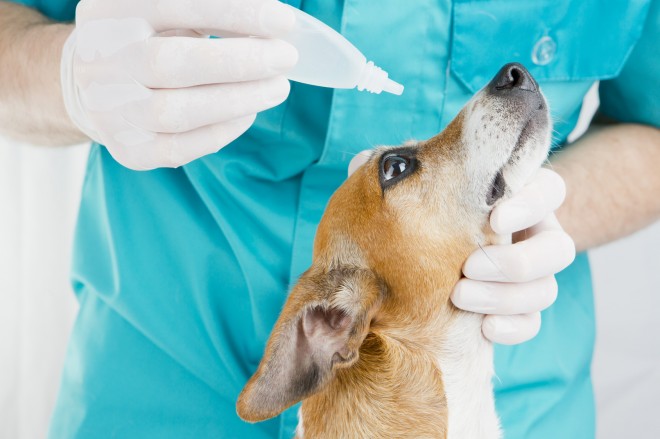 Recurrent Conjunctivitis In Dogs, And How To Prevent It
Recurrent Conjunctivitis In Dogs, And How To Prevent It
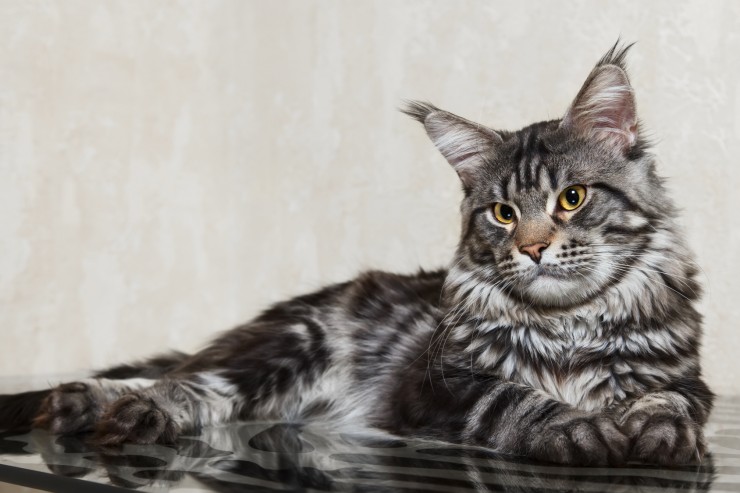 The Difference Between Norwegian Forest And Maine Coon Cats
The Difference Between Norwegian Forest And Maine Coon Cats
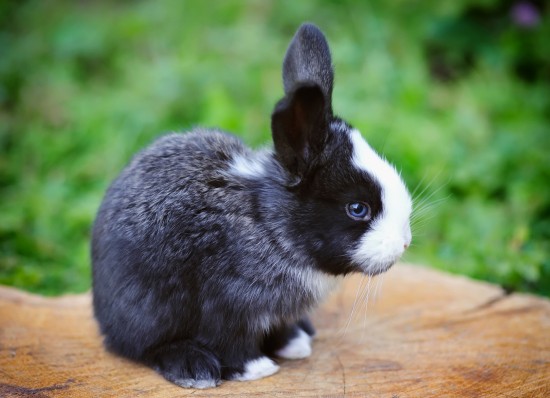 What Causes Fur Loss In Rabbits?
What Causes Fur Loss In Rabbits?
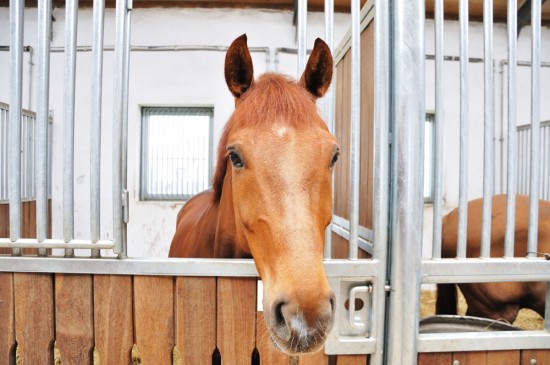 Relieving Boredom For The Stabled Horse Over Winter
Relieving Boredom For The Stabled Horse Over Winter
 The Peruvian Inca Orchid – An Adorable Hairless Dog
The Peruvian Inca
The Peruvian Inca Orchid – An Adorable Hairless Dog
The Peruvian Inca
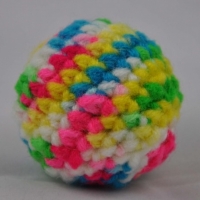 What To Look For When Choosing A Catnip Cat Toy
While we all love to spoil our pets, a quest for a new c
What To Look For When Choosing A Catnip Cat Toy
While we all love to spoil our pets, a quest for a new c
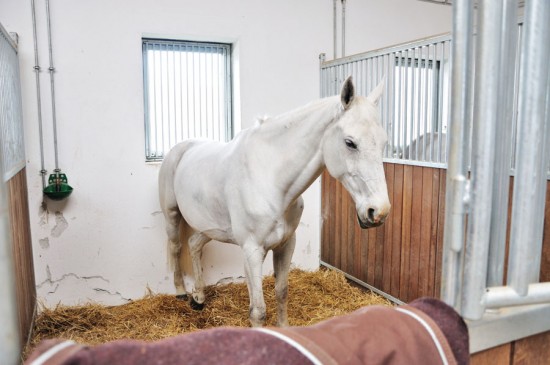 Stabling Your Horse
Stabling Your Hor
Stabling Your Horse
Stabling Your Hor
 Handling And Managing A Herding Dog In A Domestic Environment
Handling And Mana
Handling And Managing A Herding Dog In A Domestic Environment
Handling And Mana
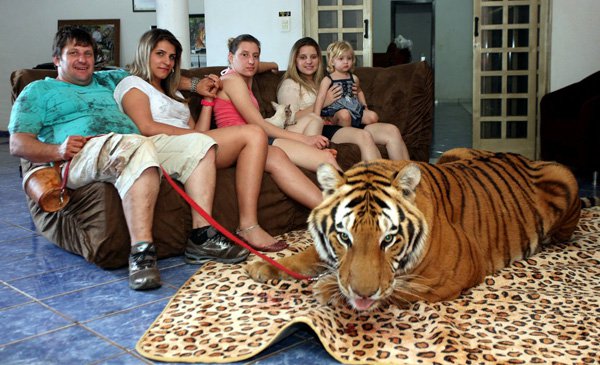 Dog kennels Chapel Hill: Keeps your dog happy and safe
Dog kennels Chapel Hill: Keeps your dog happy and safe
Dog kennels Chapel Hill: Keeps your dog happy and safe
Dog kennels Chapel Hill: Keeps your dog happy and safe